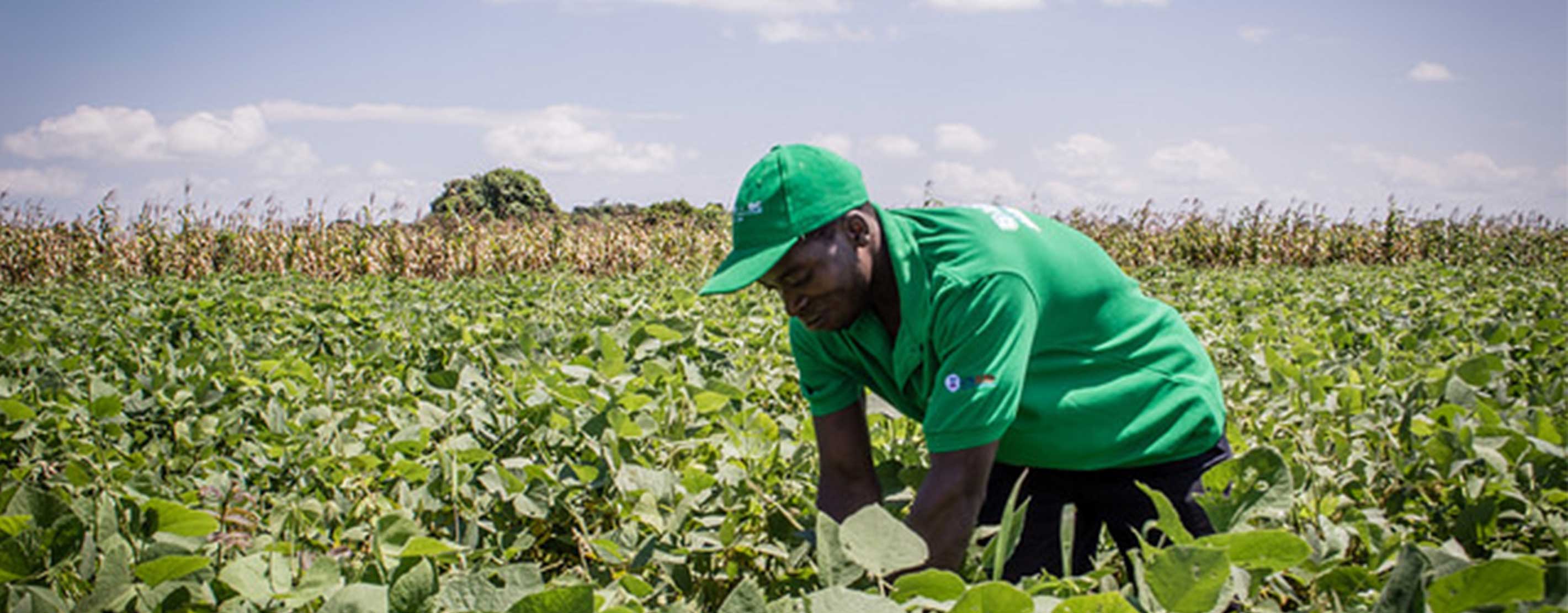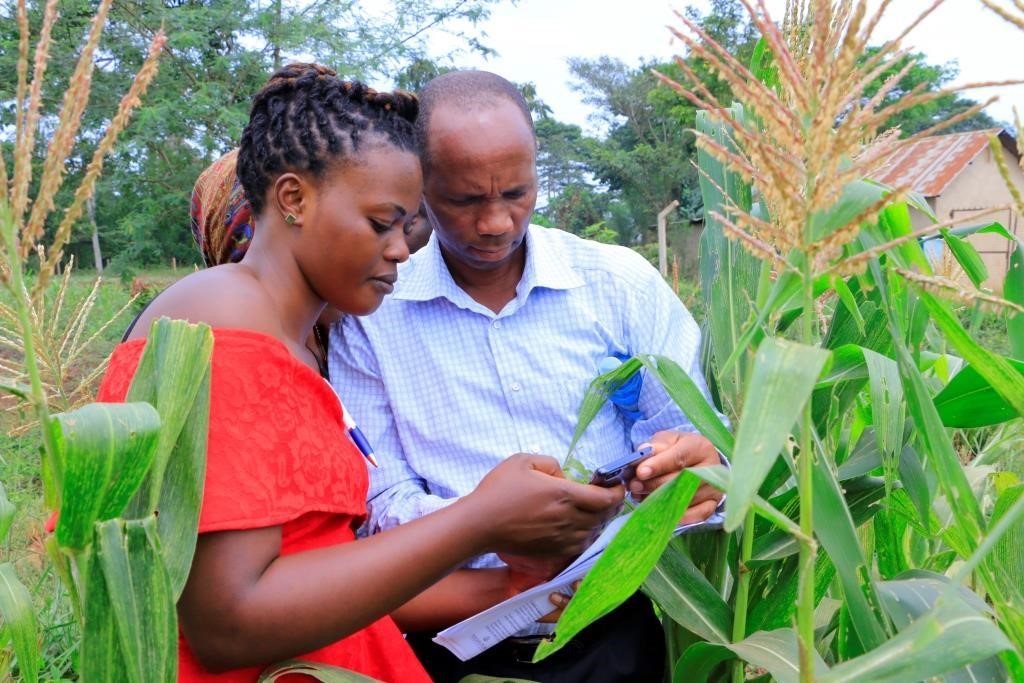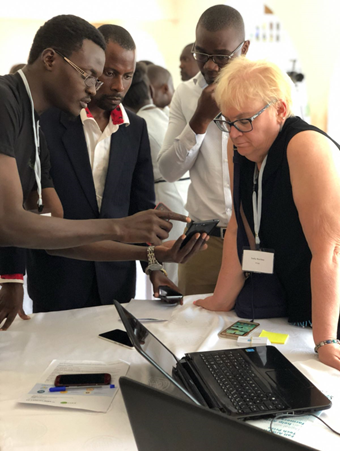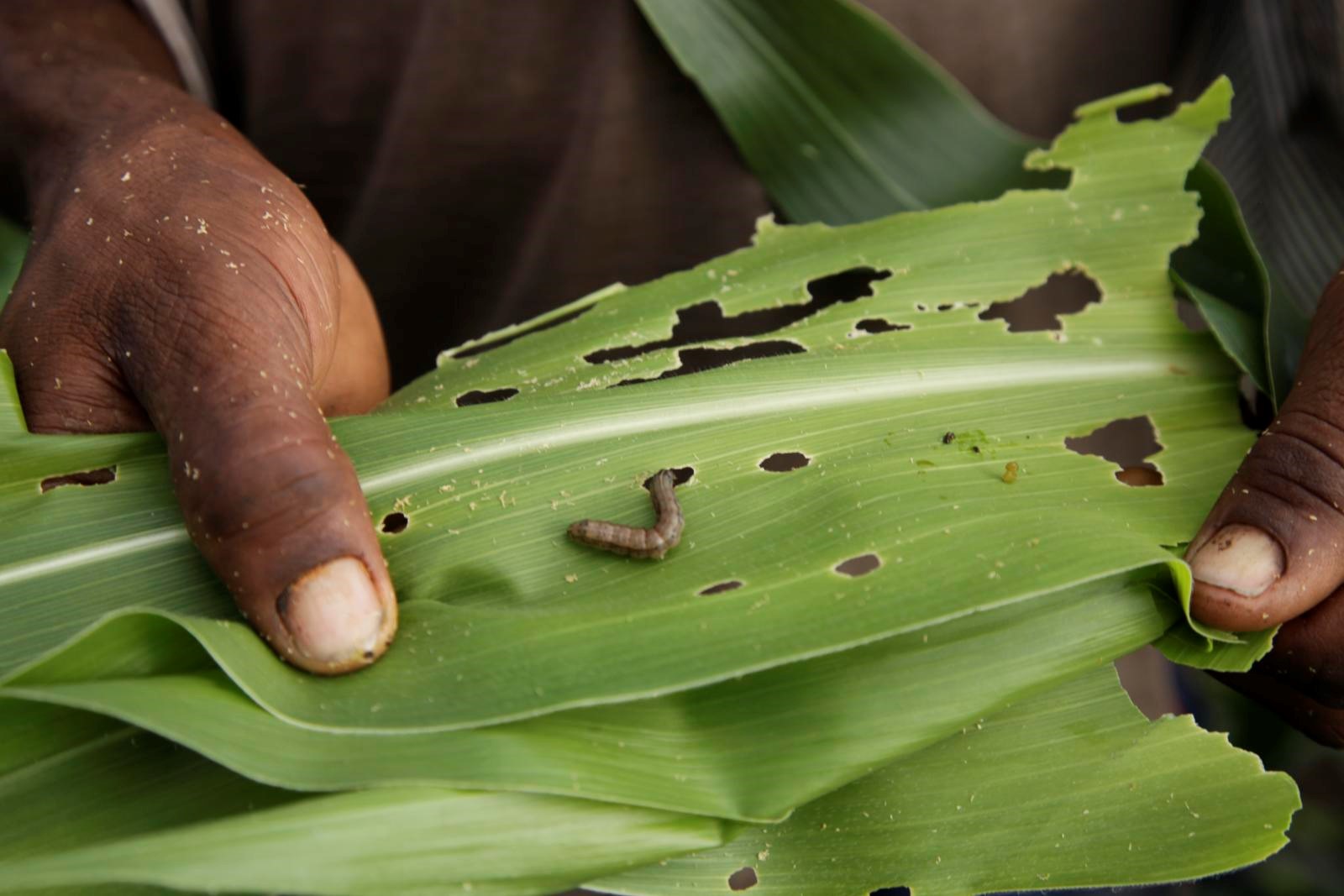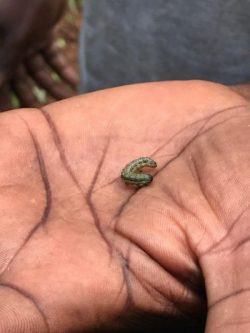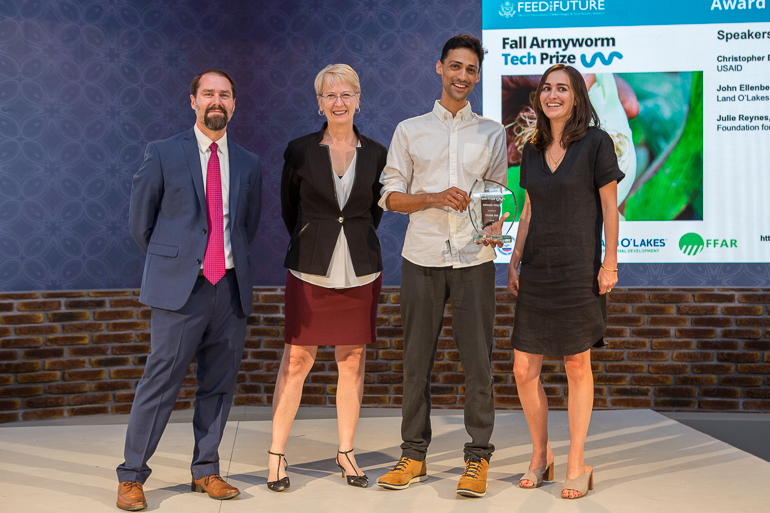
Feed the Future, through the U.S. Agency for International Development (USAID), took this measured approach in the Fall Armyworm Tech Prize. This prize was created to incentivize new digital tools and approaches to help African farmers identify and treat the invasive agricultural pest that is threatening the food security of about 200 million people. Following a rigorous application process that included 228 proposals, we selected a cadre of 20 promising teams to create and test digital solutions to sustain farmer productivity in the face of the pest. After field testing and expert evaluations, we convened our finalists to showcase their work and announce the winners at the November AfricaCom conference.
